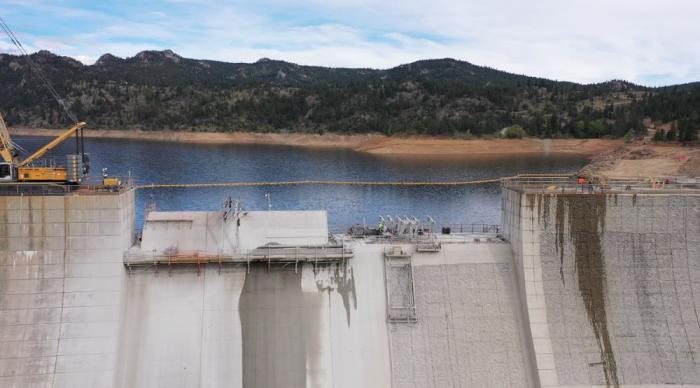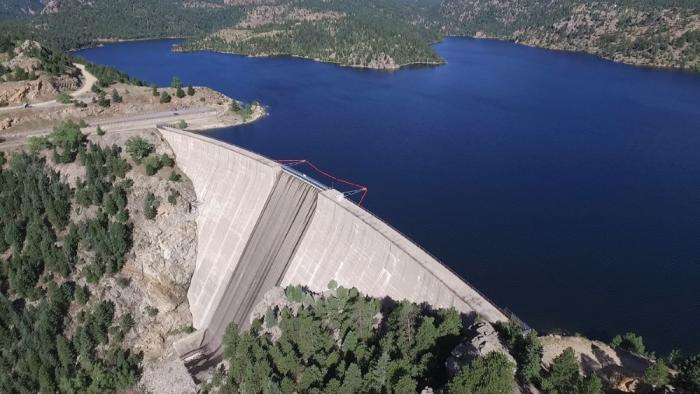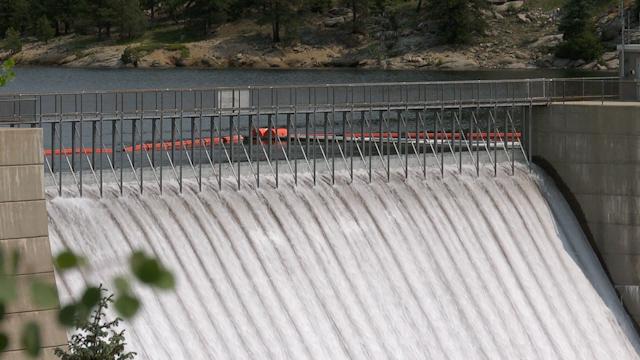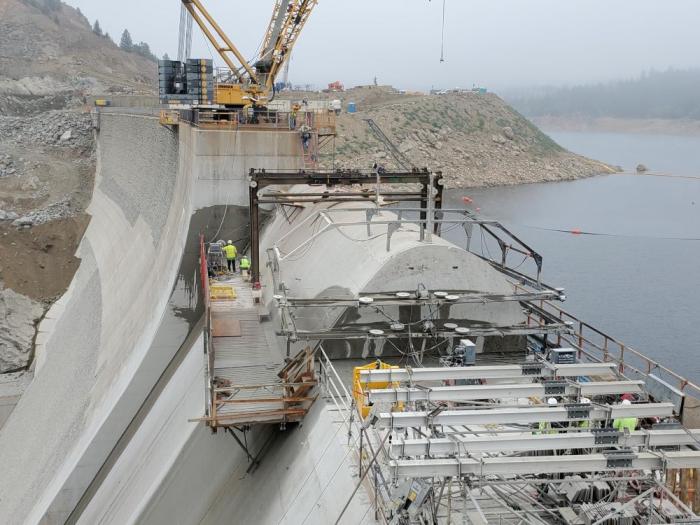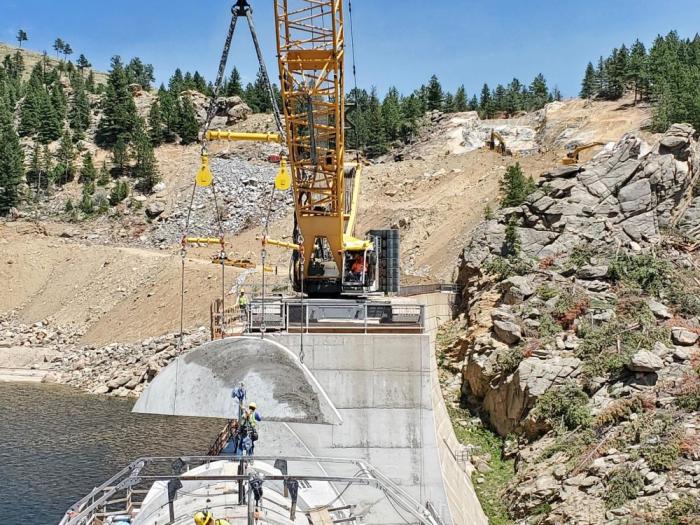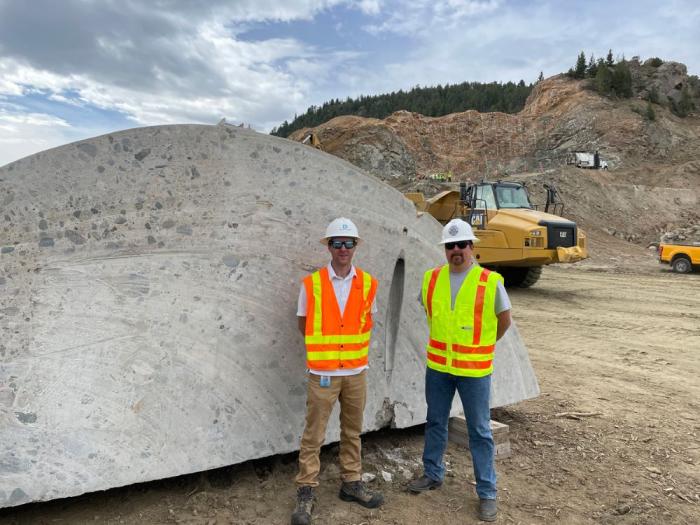Slicing and dicing the top of Gross Dam
Sometimes, before you go up, some things must come down.
That happened at Gross Reservoir in Boulder County, where construction crews spent months during summer and fall 2022 removing a large section of concrete on the top of the Gross Dam.
The work was part of Denver Water’s Gross Reservoir Expansion Project, a five-year project to raise the height of Gross Dam by 131 feet to nearly triple the water storage capacity in the reservoir.
Construction work on the project began in April 2022. The work involved in raising the height of the dam is expected to begin in 2024. The project is expected to be completed in 2027.
Over last summer and fall, construction crews from the Kiewit Barnard Joint Venture and Bluegrass Companies performed the challenging task of removing the dam’s 160-foot-wide spillway crest.
Don't ever miss a new TAP story, subscribe to TAP's free weekly email. (Scroll down to put your email in the light blue bar.)
The spillway is an important safety feature located in the middle of Gross Dam. It channels water to a spot where water can flow out when the reservoir reaches capacity, so water doesn’t flow over the top and possibly damage the dam.
But in order to raise the height of the dam, Denver Water had to remove the existing curved spillway and create a flat, even surface that would uniformly support and bond to the new concrete when it is placed over the existing structure, according to Doug Raitt, the Gross Reservoir Expansion Project construction manager for Denver Water.
“We used a wire saw to make horizontal and vertical cuts through the concrete spillway,” Raitt said. “The entire spillway weighs over 2,500 tons, so we had to slice it up like a block of cheese so a crane could pick up the individual pieces.”
In this case, the “cheese slicer” consisted of several steel beams straddling the spillway holding several pulleys. The pulleys guide the wires studded with industrial-grade diamonds abrasive enough to slice through the concrete.
But while slicing a piece of cheese takes a second or two, it can take more than a day to make one cut through the concrete on the spillway.
The wires cut the concrete into pieces up to 12 feet long, 4 feet wide and around 7 feet tall. Each piece can weigh as much as 37 tons.
The gap in the top of the dam left by the removal of the dam’s old spillway will be filled with new roller-compacted concrete when the dam is widened and raised.
And a new spillway will be built at the top of the new, higher dam. A team of engineers at Colorado State University helped Denver Water design the new spillway to make sure it meets engineering safety standards.
Check out the 22-foot indoor waterfall CSU engineers built to study the new spillway’s design.
The work to remove the spillway crest began in June and is expected to be complete in November.
“This work takes place 250 feet above the valley floor, so we have to be careful,” Raitt said. “Wire sawing is a complicated process, but it gets the job done and shows some of the unique things we have to do out here at Gross as we prepare to raise the height of the dam.”
Learn more about the Gross Reservoir Expansion Project at grossreservoir.org.


